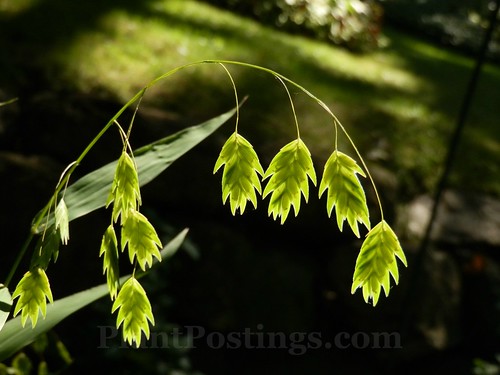
Need an ornamental grass for a shady setting? I have just the plant for you!

Northern Sea Oats (Chasmanthium latifolium) is one of those plants that has me asking, "Where have you been all my life?" It's new to my garden, and I wonder why it took me so long to add it. Numerous garden bloggers have extolled its virtues, and I finally took their advice and planted it.

Northern Sea Oats is one of the few grasses native to my area and zone that thrives in shade--perfect for my shade-dominated garden.
Apparently it can be prolific--reseeding readily from year to year. I can't vouche for that since it's new for me, but I'm guessing the best practice is to plant it in an area where you don't mind some spreading.
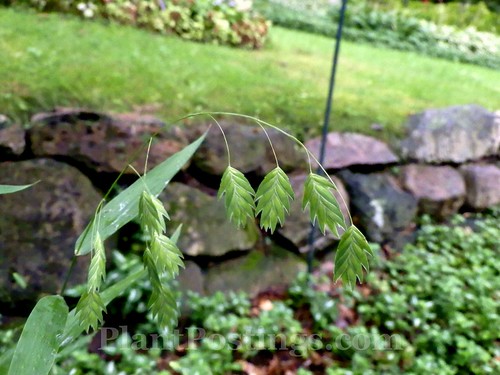
Fortunately, I found a great location--in a narrow section between the patio and the stone wall, with shrubs on one side and Dead Nettle (Lamium maculatum) at its feet.
Other specs for this plant, as noted by the Lady Bird Johnson Wildflower Center:
Height: 2-4 ft.
Shape: clump-forming
Water use: medium
Native distribution: eastern, central and southwestern North America
Larval host: various skipper butterflies
Resists: deer and rabbits
Other nicknames: River Oats, Indian Wood Oats, Flathead Oats, Upland Sea Oats, among others

The dried seed stalks are excellent for autumn and winter floral arrangements.
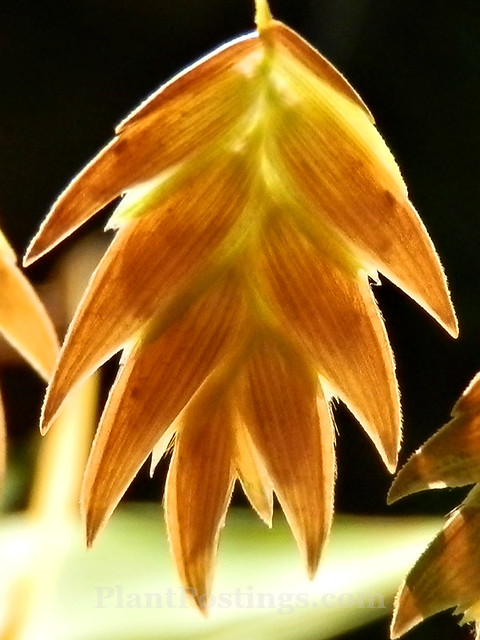
And after one season of closely observing this plant, I've concluded the best location for it is in partial shade or dappled sun, because the best views of Northern Sea Oats include gentle sunlight illuminating through it ... during every season.
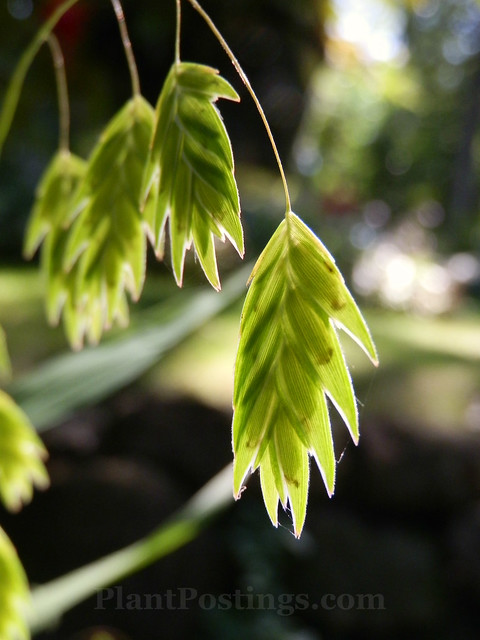
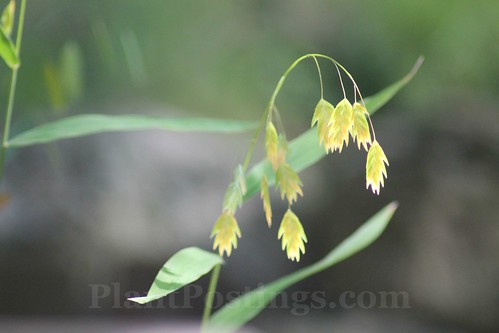


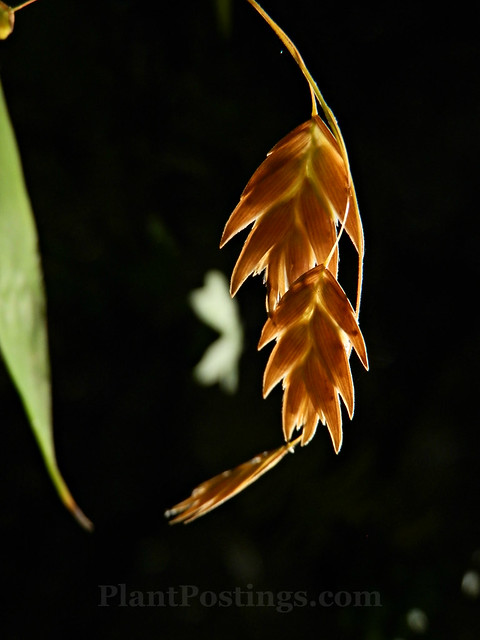
~ ~ ~ ~ ~ ~ ~ ~ ~ ~ ~ ~ ~ ~ ~ ~
(Thanks to those who've participated in and commented on PlantPosting's fourth quarter "Lessons Learned" meme. The meme remains open indefinitely, and we'd love to learn from your experiences. Click here or on the "Lessons Learned" tab to participate.)